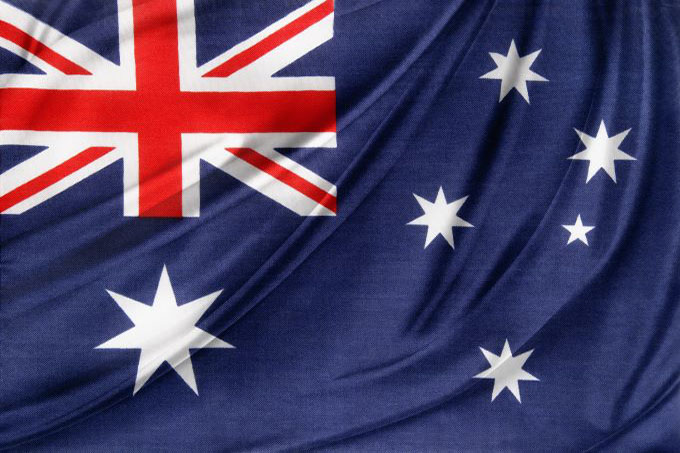 The Reserve Bank of Australia recently announced its decision to leave the interest rates unchanged at 0.25 percent, remaining in line with the analysts' expectations.
The Reserve Bank of Australia recently announced its decision to leave the interest rates unchanged at 0.25 percent, remaining in line with the analysts' expectations.
The bank's Governor, Philip Lowe announced the bank's decision to increase the size and duration of its term funding facility, which would allow authorized deposit-taking institutions to access additional funding at a fixed rate for three years. The authorized institutions would be able to request this extra funding until the end of June next year.
Lowe claimed that currently there is a high level of liquidity in the Australian financial markets, given the historically low cash rates. Regarding the bank's purchasing program, he said that the institution has acquired around $61 billion in government securities, adding that the bank is willing to purchase more if it is necessary.
Concerning the state of the global economy, the bank claimed that the world is going through an uneven recovery whose future path is highly dependent on the containment of the virus. However, in Australia, the economic downturn is not as severe as previously expected, though recovery is expected to be uneven and bumpy given the surge in the number of coronavirus cases in the state of Victoria. At the moment, the economy is being supported by both fiscal and monetary policy.
"Fiscal and monetary support will be required for some time given the outlook for the economy and the prospect of high unemployment," commented Lowe.
The unemployment rate is expected to be at 10 percent at the end of 2020, and to get down to 7 percent in the next couple of years. Inflation is expected to be between 1 and 1.5 percent in the next couple of years.
The bank's board pledged to do whatever is needed to support employees and businesses, including keeping a highly accommodative stance as long as it's needed. The bank doesn't expect to increase cash rates until the economy is back to the path towards full employment, adding that it feels confident that inflation will be within the 2-3 percent target band.
The Commodity Index stood at -9.2 percent in August, improving from the previous month's figure which stood at -13.7 percent, and remaining in line with the analysts' expectations.
Building Permits (month-to-month) for July increased by 12 percent after contracting by 4.9 percent in June, exceeding the analysts' expectations who foresaw a 2 percent contraction. In yearly terms, Building Permits for July went up by 6.3 percent after contracting 15.8 percent on the previous month. The Current Account Balance stood at 17.7 billion in the second quarter after being at 8.4 billion in the previous quarter, over the analysts' expectations who foresaw it to be at 13 billion.
Tomorrow, key information about the Australian economic growth will be released, as the Australian Bureau of Statistics is expected to report the Gross Domestic Product for the second quarter.
By 7:15 GMT the Australian Dollar gained 0.20 percent, hitting the 0.7390 level. On the other hand, it went down against the New Zealand dollar by 0.10 percent, falling to the 1.0938 level.

